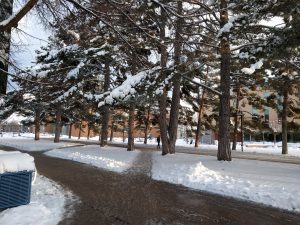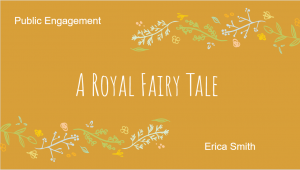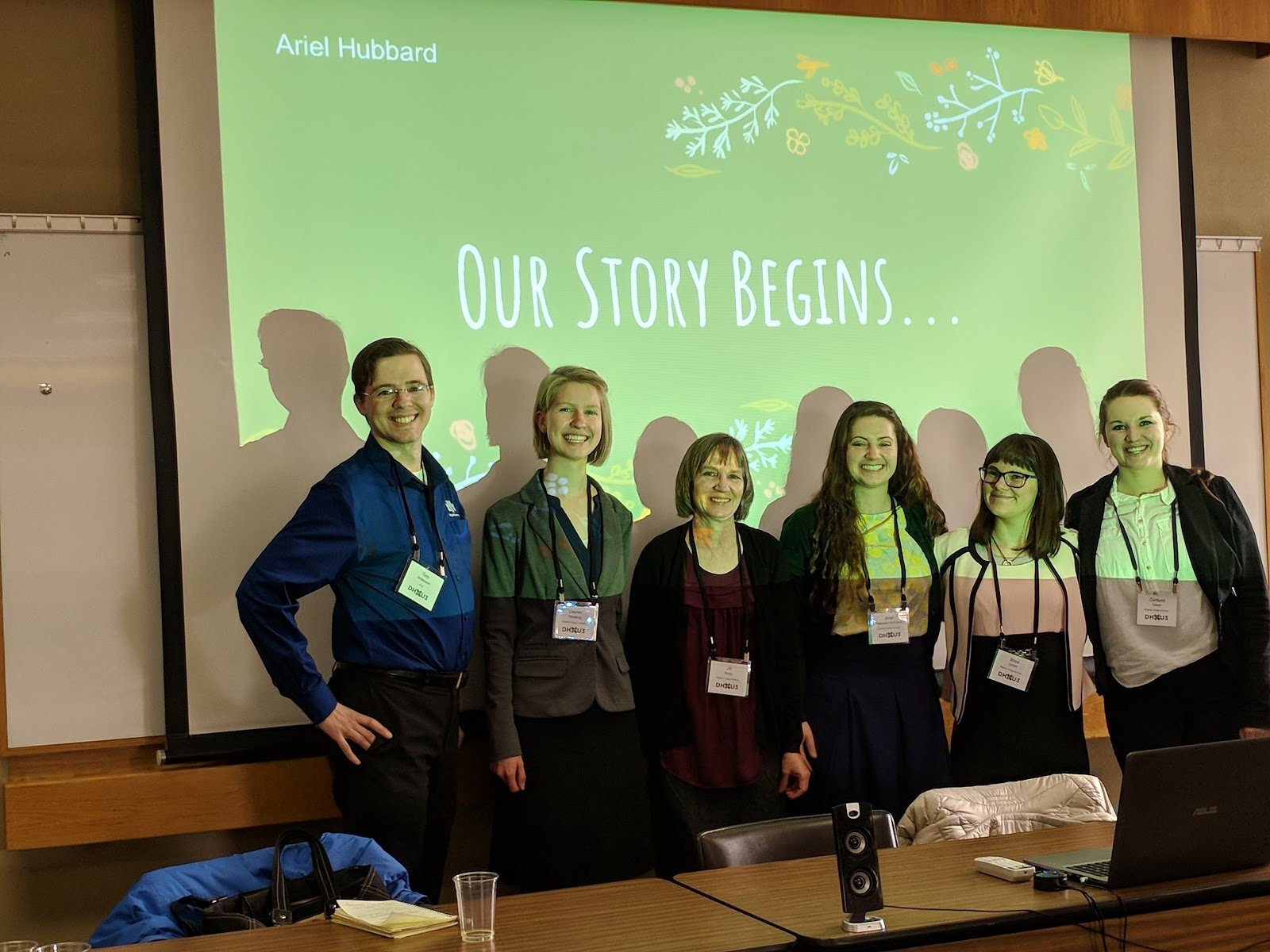
Two weeks ago, the FTTV team had the opportunity to attend DHU3, the Digital Humanities Utah conference. A quick trip up to Logan (even through the snow storm) was worth it to get to the conference generously hosted by Utah State University on February 23-24. It served as a great chance to meet people working in digital humanities, hear about their projects and ideas, and share about our own project.

Our presentation format as a roundtable enabled all the members of the team: mentors, students, and collaborators, to share a bit about their experience. Ariel Hubbard, our resident graduate student (who skillfully defended her thesis last month! Three cheers for Ariel!), shared about the history of our project, covering the beginning of the MEG and the twin-pillar objectives (education and research). From the digital humanities office, Tory Anderson showcased the database in all its glory, including the brand-new network graph visualization, and discussed the platform and strategy that he uses to keep the database running and to improve it. Dr. Rudy, our wonderful mentor, discussed the challenges and rewards of communicating between the English/Folklore sides of the project and the digital humanities elements to build a cohesive whole.

After Dr. Rudy, it was undergrad time, and Lauren Redding shared her experience with the first research presentation she did with this project in 2016. Also, how her integration of digital humanities strategies into her research process affects the way she collaborates with Tory and Brian from the Office of Digital Humanities in this phase of the project. From there, Erica Smith shared what fairy tales can lend to digital humanities, mainly the relevance of connecting with current hot topics like the upcoming royal wedding between Prince Harry and Megan Markle. (Keep posted on this exciting topic, Erica is continuing research for a full-length presentation about the royal family, television, and fairy tales in April.)

To finish, Cortlynd Olsen discussed the project’s public engagement strategy of hosting events on campus. She shared our strategy of planning events like “Transformation of Beauty,” “Setting the Stage: Into the Woods,” and the annual Unbirthday Tea Party by engaging with movie releases, live productions, and favorite themes.

After we covered our material, we had an interesting discussion with attendees about next steps in improving relevancy and engagement of the front end of the project, and data-modeling and visualizations behind the scenes in the computer parts of it. We had some wonderful input from digital humanities-focused attendees, and the folklore department from USU. We are so grateful for the input that we received and we are energized for the future of the project! Aside from our presentation, we all learned so many unexpected and applicable things from the other panels and activities of the conference. Collaborative sessions and roundtables with scholars from other universities in Utah covered such a wide range of topics, which is still just a small slice of everything digital humanities can do and cover. (Feel free to browse #dhu3 and #dhutah on Twitter to see some of the great ideas and topics of the conference) We are more ready than ever to improve our project and to dive into our preparations for Western States Folklore Society’s Annual Meeting this April!